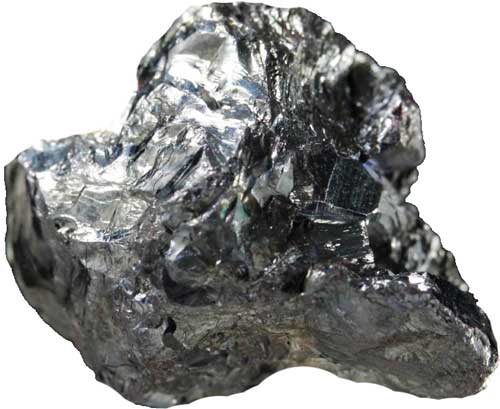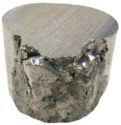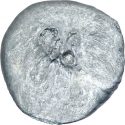- Symbol: Ag
- Atomic Number: 47
- Atomic Weight: 107.8
- Melting Point: 961 °C (1763 °F)
- Boiling Point: 2162 °C (3924 °F)
- Discovered by: Known since ancient time.
Silver is one of the precious metals found in the Earth’s crust. It is a very famous metal like gold and is known by every person living on the Earth. People have been using silver from thousands of years ago. They mostly used silver for making jewelry, currency coins, and artworks.
Silver is classified as a transitional element in the periodic table. It has 47 protons and 60 neutrons in its nucleus. Its symbol is ‘Ag’ which is derived from the Latin word “Argentum”.
Physical Properties
Silver element has many fascinating physical properties which make it one of the most important metals other than its use in jewelry.
- Appearance:
Silver is a white metallic colored, lustrous, and soft metal. - Thermal Conductivity:
Silver has a good number of electrons in the outer shell of its atoms. The movement of these free electrons makes silver a very good thermal conductor. - Electrical Conductivity:
It is a very good conductor of electricity; better than all metals in the periodic table. - Density:
Silver is one of the densest elements which is 30% denser than iron. - Malleability and Ductility:
It is a highly malleable and ductile metal due to its face-centered cubic (fcc) crystal structure.
Chemical Properties
Silver is one of the noble metals which are resistant to corrosion and oxidation in normal conditions. However, silver has various chemical properties which help in understanding its reactivity and stability.
- Reactivity with Oxygen:
Silver is inert to oxygen gas at room temperature. However, when the metal becomes hot, it readily reacts with oxygen in the presence of moisture. The reaction forms silver oxide (Ag2O) which coats the surface of silver. As a result, it stops the reaction from happening further. - Tarnishing:
Tarnishing is the process of losing the lustrous surface and becoming dull-colored. Silver is inert to air at room temperature and doesn’t lose its luster. However, when certain sulfur compounds are present in the air, they react with silver. As a result, the silver gets tarnished due to the formation of silver sulfide (Ag2S) on its surface. - Reaction with Acids:
Silver doesn’t react with diluted sulfuric acid and hydrochloric acid at room temperature. But, nitric acid can react with silver and produce silver nitrate, water, and oxides of nitrogen. - Reaction with Alkalis:
Silver is inert to most of the alkalis in normal conditions.
Uses
Silver has been used since ancient times, but it has countless uses in various industries. Some of the common uses of silver are:
- Electronics:
Silver is a very good conductor of electricity; it is used by electronic industries to build very efficient circuits, conductive coatings, and conductive paste. - Medicine:
Silver has antimicrobial properties which makes it useful in developing antibacterial and antifungal medicines. Furthermore, it is by dentists to fill cavities of teeth. - Jewelry:
Silver metal has been used for making jewelry since ancient times due to its eye-catching luster and whitish color. It is mostly used to make rings, necklaces, earrings, and bracelets. Furthermore, home decoration items and expensive crockery are also made with it. - Mirrors and Reflective Coatings:
Metallic silver provides very efficient reflection to light’s visible spectrum and is extensively used in sharp and bright mirrors. Also, reflective coatings of silver are applied on glasses and optical devices. - Catalyst:
Silver has very good catalytic properties and is used extensively in many industrial processes. It is also used in the production of formaldehyde and making ethylene oxide.
Where is it found?
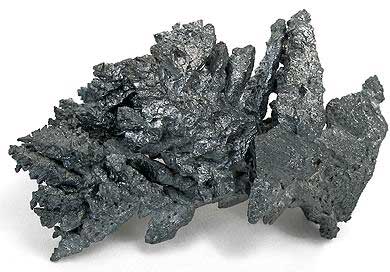
Silver is a rare element on the Earth as compared to other common metals. This rareness makes it a precious metal. It is not a very reactive element, so it is found in its pure form and also in some mineral forms, e.g. argentite. The major silver-producing countries are China, Peru, and Mexico.
Discovery
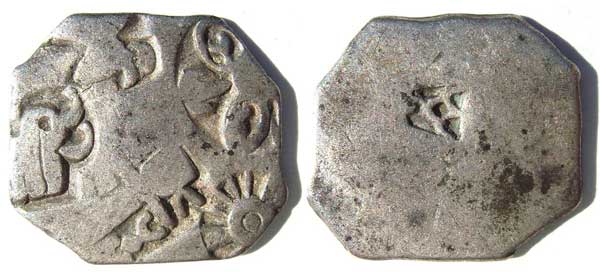
Silver is one of the elements that has been known to mankind since ancient times. Archaeologists have found many artifacts from ruined cities that were 5000 years old. These artifacts are made of silver metal and its alloys. So it is not exactly known when humans first found silver or used it.
Fun Facts
- Silver was once used for making coins. These coins were used as currency much like the nickel coins of today.
- Silver was once the main ingredient for photography. Photographic plates were immersed in silver nitrate solution. (see the invention of the camera for more information)
- Silver is a germicide, which means it can kill bacteria. But, it is not toxic for humans.
